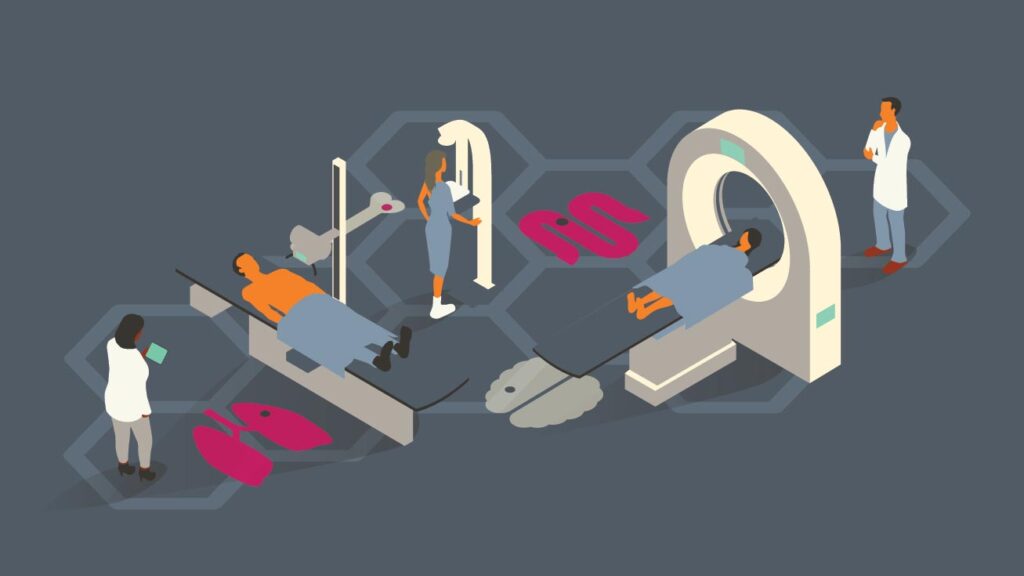An apparent increase in early onset cancer diagnoses in the U.S. is likely due to increased testing rather than unknown hazardous exposures or behaviors, suggest researchers from Brigham and Women’s Hospital in Boston.
“Rising rates of early-onset cancer have attracted wide media and scientific attention. Diagnoses among young high-profile figures, such as the Princess of Wales and Chadwick Boseman, have further heightened public awareness,” explain Gilbert Welch, MD, a clinician and researcher at Brigham and Women’s Hospital, and colleagues in JAMA Internal Medicine.
“Rising incidence is typically interpreted as a rising occurrence of clinically meaningful cancer…However, rising incidence can also reflect increased diagnostic scrutiny: the combined effect of more testing (e.g., imaging and endoscopy), the improved ability of tests to detect small irregularities, and lowered diagnostic thresholds for labeling these as cancer,” they add.
Welch and colleagues evaluated mortality rates associated with cancers in people younger than 50 years that have increased by more than one percent per year during the past 30 years. This included eight cancers in total, namely, cancers of the thyroid, anus, kidney, small intestine, colorectum, endometrium, pancreas, and myeloma.
The team found that early-onset mortality has remained stable or declined for six of the cancers. The only two with an increase in mortality were colorectal and endometrial cancer, but overall mortality rates were stable across the eight cancers analyzed.
Colorectal cancer incidence has increased by approximately two percent per year and mortality linked to this cancer has increased by 0.5% per year since 2004. “Detection of neuroendocrine tumors, which account for a disproportionate share of the increased early-onset colorectal cancer cases, and the inclusion of appendiceal tumors (recently reclassified as malignant under updated cancer classification systems) may be contributing to an apparent increase in colorectal cancer incidence,” suggest Welch and team.
Endometrial cancer incidence and mortality has risen by about two percent per year, which the researchers suggest is likely due to increasing rates of obesity and decreasing rates of hysterectomy.
“Overall, the rise in early-onset cancer appears to be less an epidemic of disease and more an epidemic of diagnosis. The lack of a substantial rise in deaths, despite rising incidence, underscores the need to provide context to the early-onset cancer narrative,” conclude the authors.
Referring to the apparently stable mortality rates across the cancers valuated by the researchers, editors Ilana Richman, MD, and Cary Gross, MD, both affiliated to Yale School of Medicine, commented: “This pattern could be seen if treatments of these new cancers had become more effective during the study period, although that explanation seems unlikely for all eight cancers,” in a note published in the same journal.
“Rather, it suggests that rising incidence of cancer among younger adults is driven by detection of cancers that are more likely to remain occult, less likely to be lethal, and thus, are predisposed to being overdiagnosed.”

